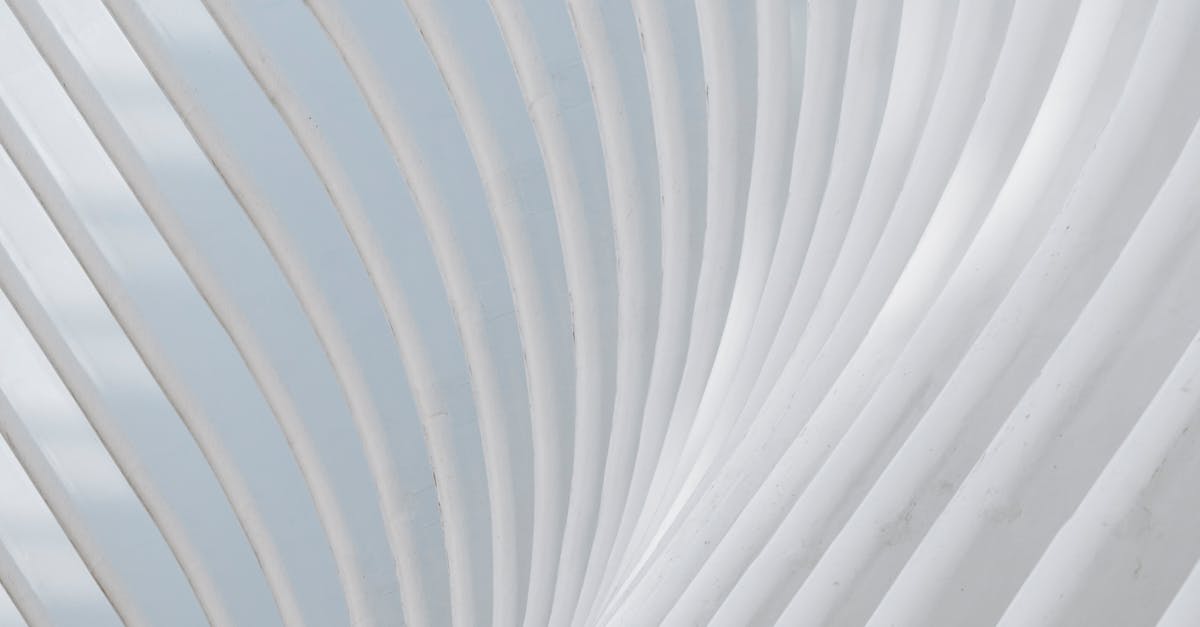
The Impact of Textured Finishes on Wall Cladding Aesthetics
Table Of Contents
Choosing the Right Texture for Your Space
Selecting the appropriate texture for wall cladding is essential for enhancing the overall aesthetic of a room. Various textures, from smooth finishes to deep grooves or patterned designs, can dramatically alter the perception of space. Smooth textures are often associated with modern and minimalist aesthetics, whereas rougher or more intricate finishes can lend a more rustic or traditional feel. The choice should reflect the desired style of the interior while harmonising with other elements present, such as furniture and decor.
Consideration of the environment where the wall cladding will be installed is crucial. High-traffic areas may benefit from more durable textures that can withstand wear and tear. Conversely, spaces designed for relaxation or entertainment might favour softer finishes that promote comfort. Additionally, the size of the room plays a significant role; lighter textures can make small spaces feel larger, while bolder, more pronounced finishes can add character to expansive areas, creating a focal point that draws the eye.
Factors to Consider in Texture Selection
Related Links
Trends in Textured Wall Cladding for Sustainable DesignTextured Wall Cladding: Balancing Functionality and Design
DIY Textured Wall Cladding Ideas for Home Renovations
A Guide to Selecting the Right Texture for Your Wall Cladding
Popular Textured Wall Cladding Styles for Australian Homes
How to Incorporate Texture into Your Wall Cladding Projects
Exploring the Benefits of Textured Wall Cladding in Modern Interiors
Innovative Material Choices for Textured Wall Cladding